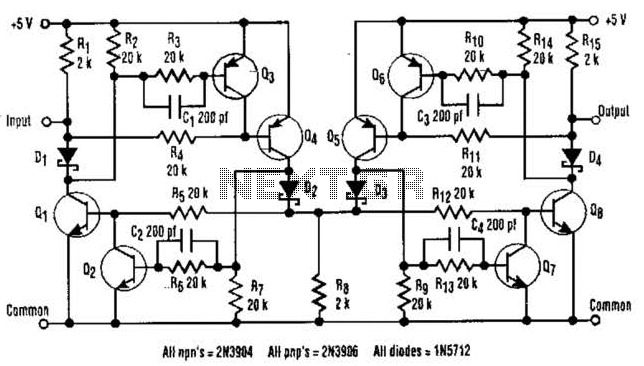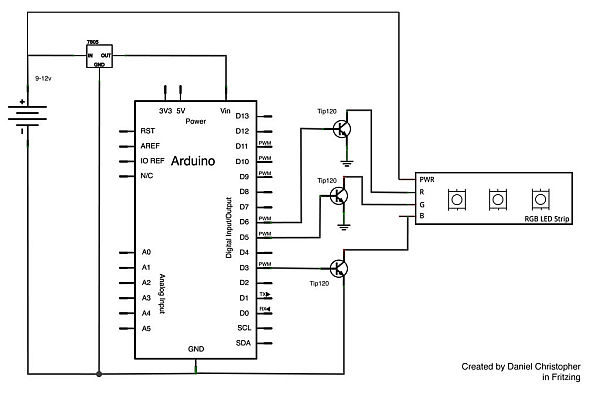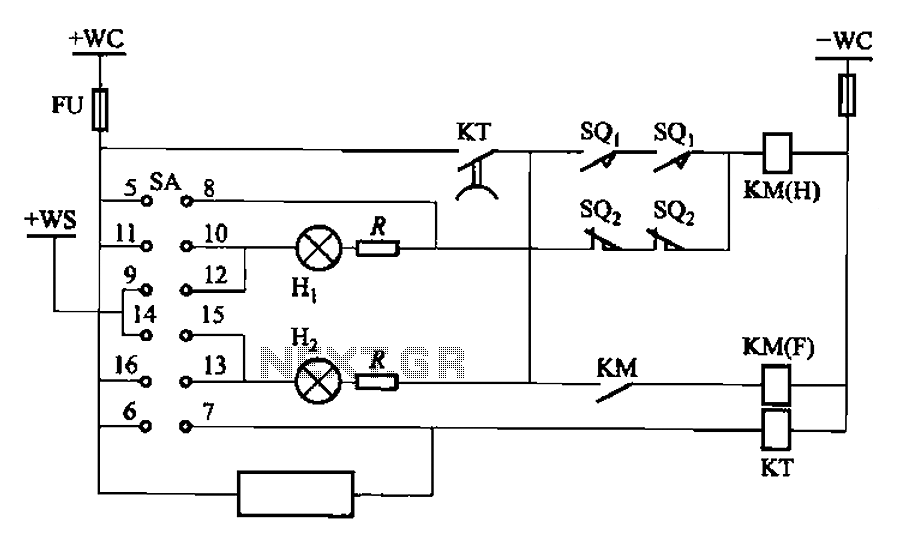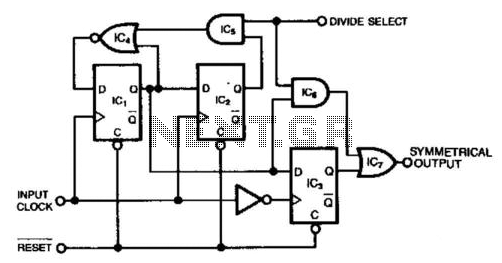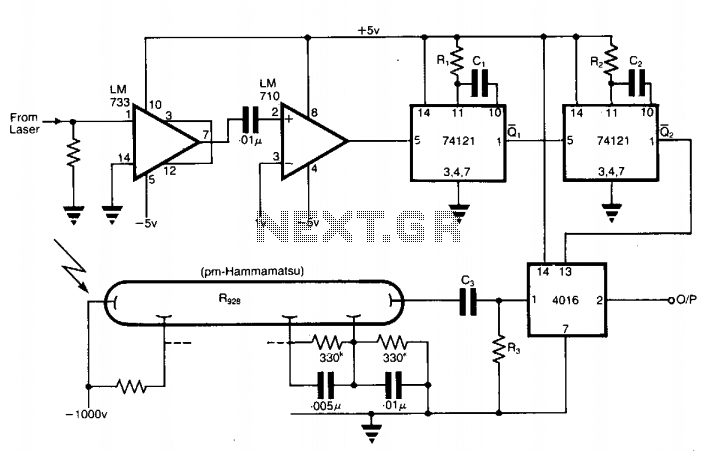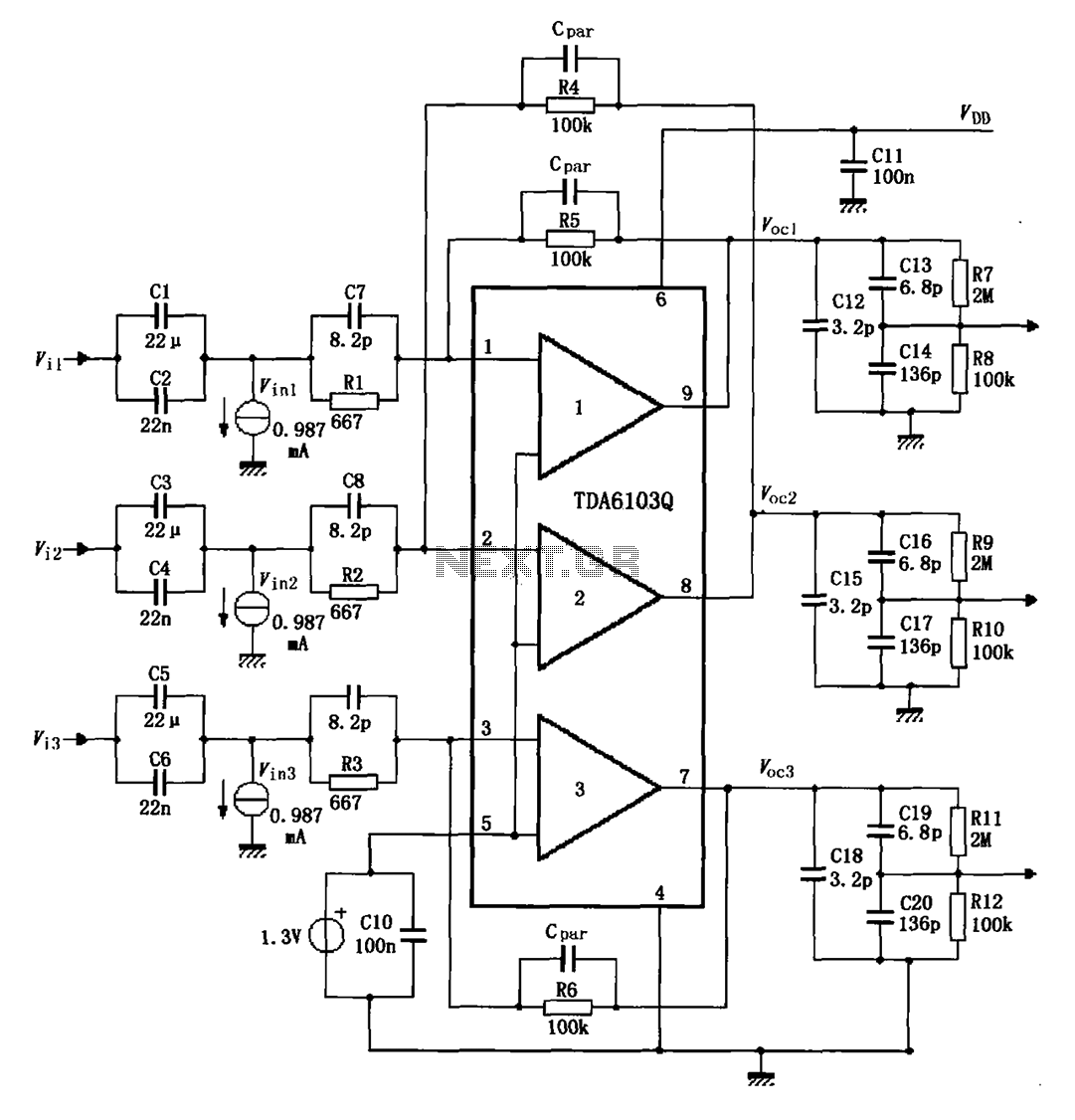
Simple lock circuit can alarm
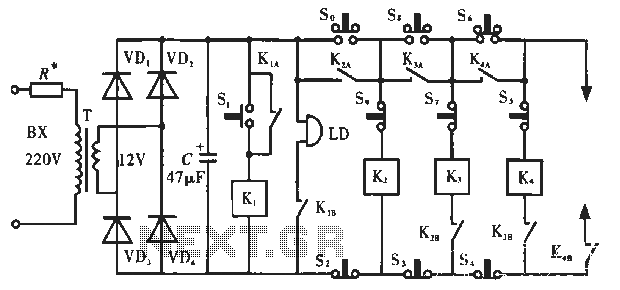
The circuit operates as illustrated in Figure 5-2a. It includes an alarm switch (S). When switch S is pressed, relay K is activated, which closes two normally open contacts. This action triggers the alarm bells. The alarm continues to sound even after switch S is released, and it will only stop when the owner turns off the power. Switch S and S6 are functional switches. After pressing S, relay K2 is energized, activating its two normally open contacts, K2A and K2B. Subsequently, pressing S6 energizes relay K4, which causes contacts K4A and K4B to close, allowing power to flow to the electronic lock, thus enabling it to be opened. It is important to note that the sequence of opening switches S8 and S6 cannot be reversed; otherwise, the circuit will become ineffective. Switches S, S7, and S9 are normally closed push-button switches, and only one unlocking switch can be pressed at a time. If the circuit is interrupted, relays K2, K3, and K4 will be re-energized. The schematic is set with a default unlock password of "086," but users can reset the password for the lock if desired.
The described circuit is a security system integrating an alarm mechanism with an electronic locking feature. The primary components include several relays (K, K2, K3, and K4), normally open and normally closed push-button switches (S, S6, S7, S8, and S9), and an electronic lock. The operation begins with the activation of switch S, which triggers relay K. This relay's activation closes its contacts, initiating the alarm system. The alarm remains active until the power is manually cut off, ensuring that any unauthorized access is promptly signaled.
The inclusion of relay K2 allows for the control of additional electrical appliances once switch S is engaged. The relay contacts K2A and K2B are crucial for this function, as they facilitate the flow of electricity to the connected devices. The subsequent action of pressing switch S6 energizes relay K4, which is essential for engaging the electronic lock mechanism. The lock is designed to operate smoothly, thanks to the closure of contacts K4A and K4B, which complete the circuit necessary for unlocking.
It is critical to adhere to the specified sequence of operations for switches S8 and S6, as reversing this order will render the circuit inoperative. The system is designed with safety in mind, utilizing normally closed switches to prevent accidental unlocking. This feature ensures that the circuit remains secure unless a deliberate action is taken to unlock it.
The system also includes a customizable password feature, allowing users to set their own unlock code, enhancing the security of the electronic lock. The default code of "086" serves as a starting point, but users are encouraged to change it to a more secure option to prevent unauthorized access. Overall, this circuit design exemplifies a robust approach to security, combining alarm functionality with electronic locking capabilities in a single schematic.Circuit works: Figure 5 -2a in S. Alarm switch. If you press S, after the relay K. Electrical work, two normally open contacts Pull, so that the alarm bells sound. At this time, even when you release s. Alarm sound is still large, and so only after the arrival of the owner off the power to stop the alarm. so, S. , S6 valid switch. After pressing so, K2 relay energized electrical appliances, two normally open contacts K2A, Kze pull; and finally press S6, K4 relay is to energize, K.
A, K4B normally open contact sticking, thereby turning on the power smoothly electronic lock to open the lock. Note that so, s8, S6 open order can not be reversed, otherwise invalid. S: a S ,, S7, S9 are normally closed push button switch, unlocking switch can not be pressed several, whether the circuit is broken, K2, K3, K4 relay re-energized.
The schematic set unlock password is "086", of course, readers can also reset the password lock.
The described circuit is a security system integrating an alarm mechanism with an electronic locking feature. The primary components include several relays (K, K2, K3, and K4), normally open and normally closed push-button switches (S, S6, S7, S8, and S9), and an electronic lock. The operation begins with the activation of switch S, which triggers relay K. This relay's activation closes its contacts, initiating the alarm system. The alarm remains active until the power is manually cut off, ensuring that any unauthorized access is promptly signaled.
The inclusion of relay K2 allows for the control of additional electrical appliances once switch S is engaged. The relay contacts K2A and K2B are crucial for this function, as they facilitate the flow of electricity to the connected devices. The subsequent action of pressing switch S6 energizes relay K4, which is essential for engaging the electronic lock mechanism. The lock is designed to operate smoothly, thanks to the closure of contacts K4A and K4B, which complete the circuit necessary for unlocking.
It is critical to adhere to the specified sequence of operations for switches S8 and S6, as reversing this order will render the circuit inoperative. The system is designed with safety in mind, utilizing normally closed switches to prevent accidental unlocking. This feature ensures that the circuit remains secure unless a deliberate action is taken to unlock it.
The system also includes a customizable password feature, allowing users to set their own unlock code, enhancing the security of the electronic lock. The default code of "086" serves as a starting point, but users are encouraged to change it to a more secure option to prevent unauthorized access. Overall, this circuit design exemplifies a robust approach to security, combining alarm functionality with electronic locking capabilities in a single schematic.Circuit works: Figure 5 -2a in S. Alarm switch. If you press S, after the relay K. Electrical work, two normally open contacts Pull, so that the alarm bells sound. At this time, even when you release s. Alarm sound is still large, and so only after the arrival of the owner off the power to stop the alarm. so, S. , S6 valid switch. After pressing so, K2 relay energized electrical appliances, two normally open contacts K2A, Kze pull; and finally press S6, K4 relay is to energize, K.
A, K4B normally open contact sticking, thereby turning on the power smoothly electronic lock to open the lock. Note that so, s8, S6 open order can not be reversed, otherwise invalid. S: a S ,, S7, S9 are normally closed push button switch, unlocking switch can not be pressed several, whether the circuit is broken, K2, K3, K4 relay re-energized.
The schematic set unlock password is "086", of course, readers can also reset the password lock.
